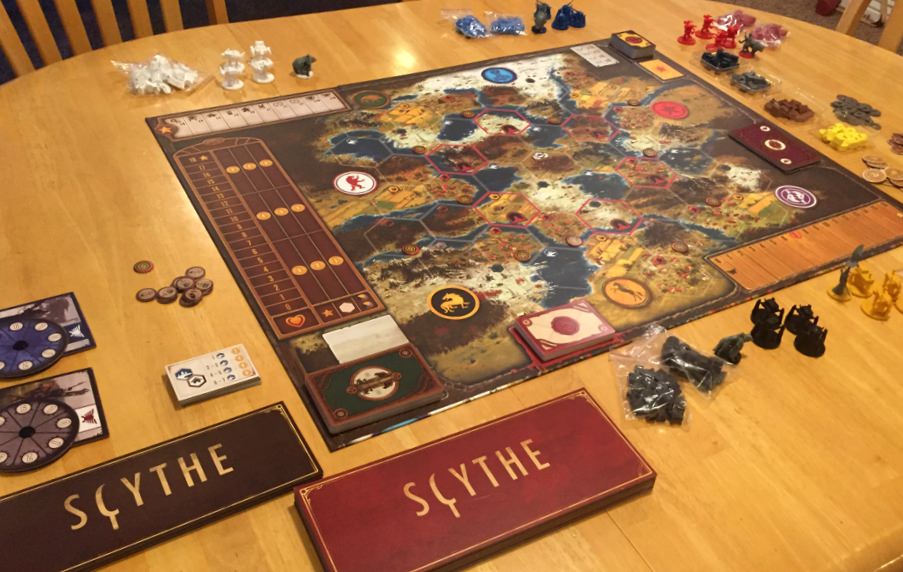
Scythe
The Bauhaus was an art school that was active in Germany between the years 1919 to 1933. It was designed to help pull artists back into the making of the piece and not concentrate on an end result. It was also motivated by the worry for fine art in a changing and technological society. It had a huge emphasis on practical skills and craft and helped to pull fine art and craft together. Experiment and problem solving was extremely important in the school. It tried to bring artists back into contact with everyday life.
The birth of design is attributed to the Bauhaus as for the first time art and craft came together, thus forming Design. A good example of Bauhaus is Ikea. Removing all the whistles and bells from a design leaves us with a simpler, ergonomic creation that suits its purpose.
The Bauhaus honed in on making its students as multi-skilled as possible. Not only would they be teaching art but also design, crafting and knowledge. This led to a generation of artists and designers that could create a wider range of ideas in a more practical way.
One of the principals of The Bauhaus is ” Form follows Function” This means that the creation should appear as what it is to be used for. A good example is a chair. It is fairly easy to guess what it is for and it is extremely easy to use and understand. Yes a chair could serve other functions but it only has one major and obvious use.
The Bauhaus has influenced games design in numerous ways the obvious being multi skilled people. Creativity is not enough to create a game that anyone can enjoy. The concept of teaching various design skills didn’t even exist until the Bauhaus. There was no such thing as a graphic designer before the Bauhaus came along.
The Bauhaus teachings are often used in the composition of games whether they be Video games or Board games. Careful consideration of formal elements are combined with design processes to create something that is easily understood and appreciated by the player.
A good example of this is Scythe. Scythe won the Best board game artwork & presentation from Golden Geek in 2016. It has a careful consideration of the scores and units of each player and melds the information from these into the design. Without these integrations of mechanics into the design I do not think that modern board games would be able to support the complex rule systems that make them so fun.
Another good example of Bauhaus principles is the score counter that is commonly found around modern gaming boards. It is an un-intrusive design aspect that included functionality into the design.
In conclusion I feel that the Bauhaus has been an important influence in Games design and will always be a key part of design in general. It’s ideas paved the way for design and art to co-exist. Video games today are often judged on their textures and graphics, perhaps even more so than their game mechanics. This balance of design and Art was only made possible by the Bauhaus.



